Nanoparticles in drug delivery
Introduction
Nanotechnology has revolutionized various fields, including medicine, where it has been instrumental in the development of novel drug delivery systems. Nanoparticles, minute particles with dimensions in the nanometer range, have emerged as a significant tool in this regard. This article delves into the role of nanoparticles in drug delivery, discussing their types, properties, applications, and the challenges associated with their use.
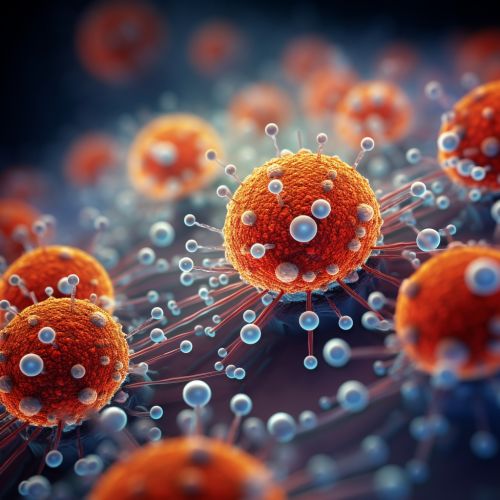
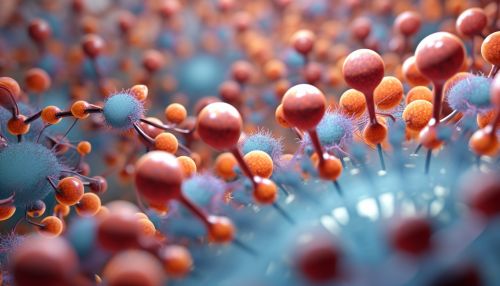
Nanoparticles: An Overview
Nanoparticles are particles between 1 and 100 nanometers in size. In the realm of drug delivery, they are used as carriers to transport therapeutic agents directly to the target site in the body, thereby enhancing the efficacy of the drugs and minimizing side effects. The unique properties of nanoparticles, such as their small size, large surface area, and the ability to be manipulated at the molecular level, make them ideal for this purpose.
Types of Nanoparticles Used in Drug Delivery
Various types of nanoparticles are used in drug delivery, each with its unique properties and applications. These include liposomes, polymeric nanoparticles, dendrimers, solid lipid nanoparticles, and metal nanoparticles.
Liposomes
Liposomes are spherical vesicles composed of one or more phospholipid bilayers. They are biocompatible, biodegradable, and non-immunogenic, making them ideal for drug delivery. Liposomes can encapsulate both hydrophilic and hydrophobic drugs, enhancing their stability and bioavailability.
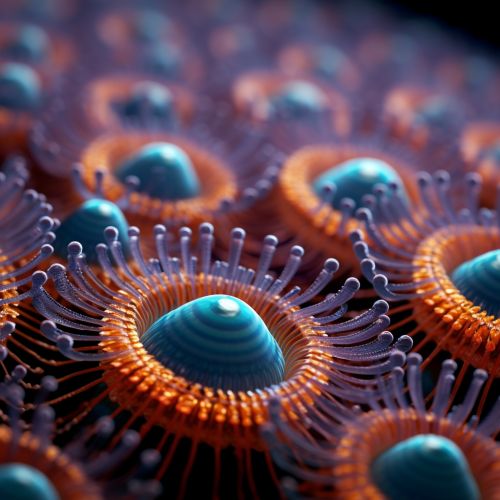
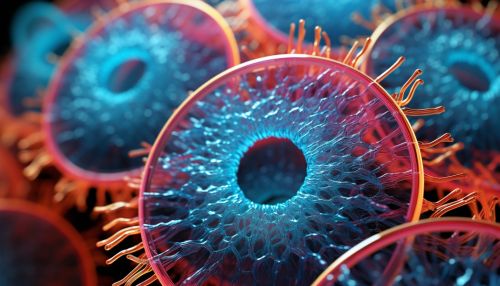
Polymeric Nanoparticles
Polymeric nanoparticles are made from natural or synthetic polymers. They offer controlled, sustained release of drugs, making them suitable for long-term treatment. Polymeric nanoparticles can be tailored to achieve desired properties, such as size, charge, and drug release profile.
Dendrimers
Dendrimers are highly branched, star-shaped macromolecules with a well-defined, three-dimensional architecture. They can encapsulate drugs within their structure or attach them to their surface. Dendrimers are used in drug delivery due to their ability to enhance solubility and stability of drugs.
Solid Lipid Nanoparticles
Solid lipid nanoparticles are made from solid lipids or blends of lipids. They offer advantages such as improved drug stability, controlled drug release, and the ability to incorporate both lipophilic and hydrophilic drugs.
Metal Nanoparticles
Metal nanoparticles, such as gold and silver nanoparticles, are used in drug delivery due to their unique optical, electronic, and thermal properties. They can be functionalized with various biomolecules for targeted drug delivery.


Properties of Nanoparticles for Drug Delivery
The properties of nanoparticles significantly influence their performance as drug carriers. These properties include size, shape, surface charge, and surface modification.
Size
The size of nanoparticles affects their distribution, cellular uptake, and clearance from the body. Nanoparticles of smaller size have a larger surface area, allowing for more drug loading. They can also penetrate deeper into tissues and cross biological barriers.
Shape
The shape of nanoparticles influences their interaction with cells and biological barriers. For instance, rod-shaped nanoparticles have been shown to have higher cellular uptake than spherical ones.
Surface Charge
The surface charge of nanoparticles affects their stability, cellular uptake, and interaction with biological systems. Positively charged nanoparticles, for example, have been found to have higher cellular uptake due to their interaction with negatively charged cell membranes.
Surface Modification
Surface modification of nanoparticles can enhance their stability, biocompatibility, and targeting ability. This can be achieved by coating the nanoparticles with various substances, such as polymers, proteins, or ligands.

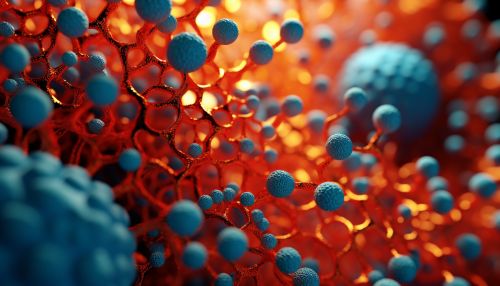
Applications of Nanoparticles in Drug Delivery
Nanoparticles have found wide applications in drug delivery, including cancer therapy, gene delivery, and delivery of proteins and peptides.
Cancer Therapy
In cancer therapy, nanoparticles are used to deliver chemotherapeutic agents directly to the tumor site. This targeted delivery reduces the systemic toxicity of the drugs and enhances their therapeutic efficacy. Various types of nanoparticles, including liposomes, polymeric nanoparticles, and metal nanoparticles, are used for this purpose.
Gene Delivery
Nanoparticles are also used for gene delivery, a technique used in gene therapy to introduce genetic material into cells. They can protect the genetic material from degradation and deliver it to the target cells efficiently.
Delivery of Proteins and Peptides
Proteins and peptides are often unstable and have poor bioavailability. Nanoparticles can enhance the stability and bioavailability of these therapeutic agents, allowing for their effective delivery.
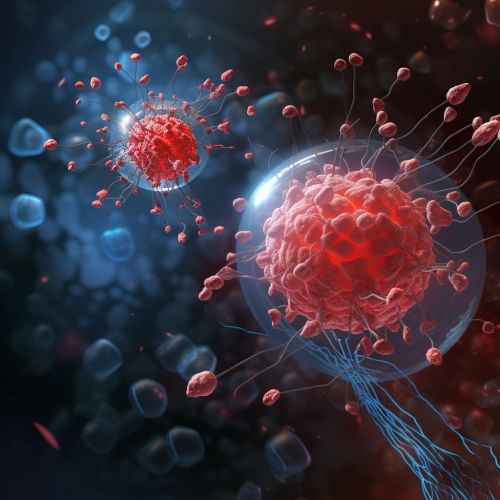
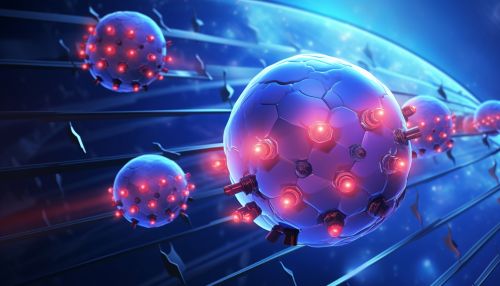
Challenges and Future Directions
Despite the significant advancements in the field, the use of nanoparticles in drug delivery faces several challenges. These include issues related to their synthesis, characterization, stability, and safety. Moreover, the clinical translation of nanoparticle-based drug delivery systems is often hindered by regulatory hurdles.
Future research in the field is expected to focus on addressing these challenges and developing more efficient and safe nanoparticle-based drug delivery systems. The integration of nanotechnology with other emerging technologies, such as biotechnology and artificial intelligence, may also open new avenues for the design and optimization of nanoparticle-based drug delivery systems.
